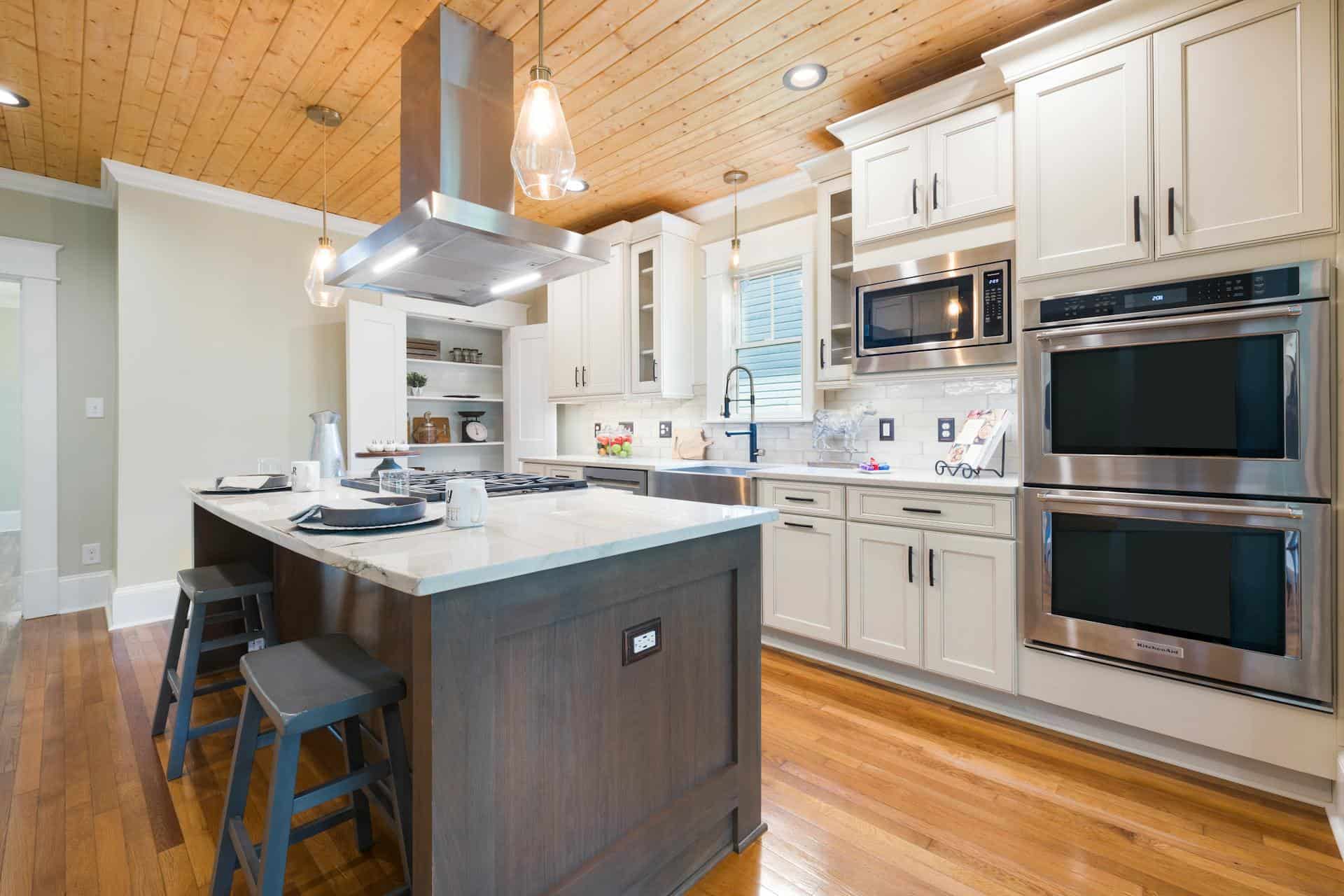
Question: What is the Best Way To Ventilate a Kitchen?
Answer: The best way to ventilate a kitchen is by using a range hood vented externally, supplemented by open windows or a mechanical ventilation system to circulate fresh air and remove lingering odors/moisture.
Effective Kitchen Ventilation
Cooking generates heat, smoke, and odors. Proper kitchen ventilation removes these byproducts, creating a comfortable and healthy cooking space. This guide explores different ventilation methods and helps you choose the best one for your kitchen.
Range Hoods: Essential for Every Kitchen
Range hoods sit above the stove and capture cooking fumes. They are a vital component of any kitchen ventilation system. A good range hood improves indoor air quality and protects cabinets from grease buildup. Several factors determine a range hood’s effectiveness.
CFM Rating
CFM (cubic feet per minute) measures airflow. A higher CFM means the hood removes more air.
Ducting
Ducted hoods vent air outside. Ductless hoods filter air and recirculate it. Ducted hoods are more effective at removing odors and moisture.
Hood Style
Various styles exist, including under-cabinet, wall-mount, island, and downdraft. Consider your kitchen layout and cooking habits when choosing a style.
Click here for more information on kitchen cabinet refacing Toronto
Related Article: What Ventilation is Required in a Kitchen?
Related Article: All About Kitchen Ventilation
Exhaust Fans: A Whole-House Solution
Exhaust fans pull air from inside the house and vent it outside. They are a cost-effective way to remove moisture and improve overall air quality. Kitchen exhaust fans are distinct from range hoods and typically located on exterior walls. They play a key role in controlling humidity, which can prevent mold and mildew growth.
Placement
Install exhaust fans near moisture sources like stoves and dishwashers.
Sones
Sones measure fan noise. A lower sone value indicates a quieter fan.
Ventilation Rates
Consult local building codes for appropriate ventilation rates.
Understanding Ventilation Needs
The best ventilation method depends on individual kitchen needs. Cooking style, kitchen size, and budget influence the optimal solution. A professional assessment can help determine the right approach. Consider these factors when evaluating your ventilation needs.
Cooking Frequency
Frequent cooks need powerful ventilation to handle increased smoke and grease.
Kitchen Size
Larger kitchens require higher CFM range hoods or multiple ventilation systems.
Budget
Ventilation systems range in price. Set a budget before exploring options.
Maintaining Your Ventilation System
Regular maintenance ensures optimal performance. Clean range hood filters regularly to prevent grease buildup. Inspect ducts and fans for obstructions. Professional cleaning may be necessary periodically. Simple upkeep extends the life of your ventilation system and improves its efficiency.
Filter Cleaning
Wash or replace range hood filters every few months, depending on usage.
Duct Inspection
Check ducts annually for blockages.
Professional Service
Consider professional cleaning every few years for thorough maintenance.
Effective kitchen ventilation improves air quality, comfort, and safety. Choosing the right system enhances your cooking experience and protects your home.

Blue Malue Get in touch with Blue here.
